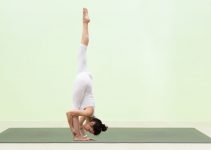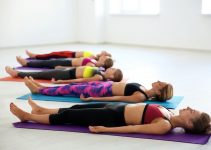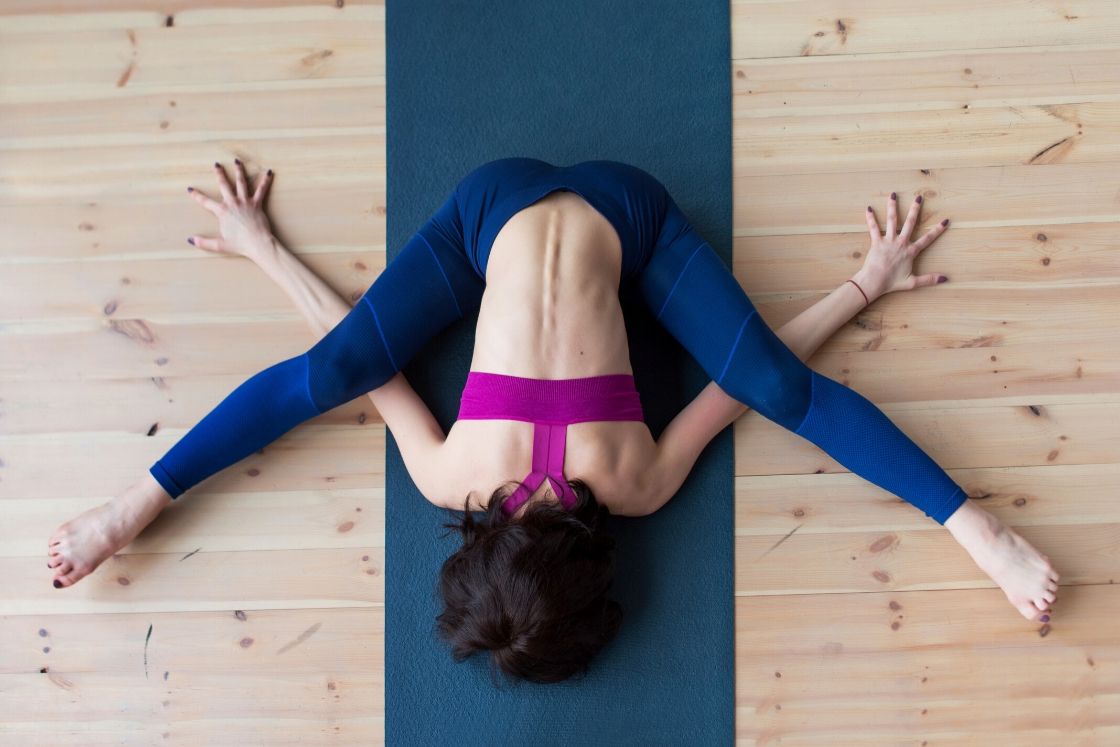
Kuramasana is a deep-seated forward bend. It leaps the awareness of a practitioner on the voyage of inner exploration along with soothing muscular relaxation.
It is an advanced bend yoga asana, which has been in the practice since ancient times due to the ample benefits associated. As a result, Kurmasana is still prevailing in the modern world of a yogic lifestyle.
The practice of this asana aligns the mental, physical, and emotional column of an individual to support the overall structure of the body. So, it can flourish with wellness.
Kurmasana Meaning
Kurmasana in Sanskrit is a combination of ‘kurma‘ and ‘asana‘ which means ‘tortoise’ and ‘pose’ respectively. In this pose, the practitioner stretches legs forward and hands backward while back bending forward. This whole structure of the curved back and stretched legs-hands looks like a tortoise. Hence, it’s called ‘tortoise pose’ or ‘turtle pose’.
Generally, on sudden change or on threatening tortoise withdraws itself into its shell. Similarly, Kurmasana is the pose that lets our senses draw inward to detach from the worldly distraction. Therefore, one can experience Pratyahara by practicing Kurmasana.
Uttana Kurmasana, one of the variations of Kurmasana, is described in the 7th-century yoga text Ahirbudhnya Saṃhitā.
It is also illustrated in the later texts like Jogapradipika and Sritattvanidhi of 19th century. Kurmasana is believed to be associated with the Lord Vishnu’s Kurma Avtar, his incarnation in the form of a turtle.
Kurmasana Practice Guide
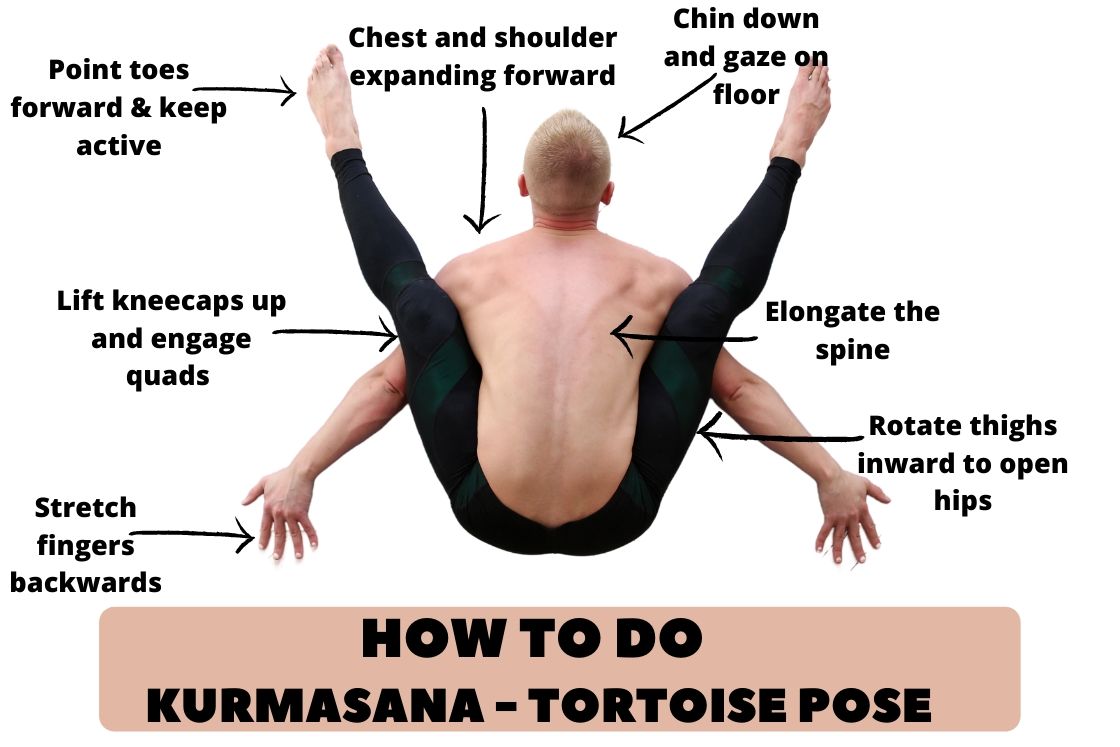
Go through the points below to practice Kurmasana easily and safely.
Precautions & Contradictions
- Avoid tortoise pose in during pregnancy and menstrual cycle. This pose lays an intense pressure on the abdominal region or on the uterus.
- People with Sciatica should avoid going too deep in Kurmasana. Overstretching of hamstring could irritate your sciatic nerve.
- Injury to the spine and shoulder, abdominal surgery, serious disc problem, etc should not practice Kurmasana. This could worsen the condition of the above-stated issues.
Preparatory Pose
- Bow pose (Dhanurasana)
- Adho Mukha svanasana (Downward-Facing dog pose)
- Seated Forward Bend (Paschimottanasana)
Kurmasana Steps
- Begin by coming into Dandasana with your legs outstretched and hand beside your hips. Press your thigh firmly on the mat.
- Open your legs wide so your knees are apart more than your shoulder width.
- Now slightly bend your knees. Gently, extend your chest and arms forward and down between your legs.
- Bring your torso forward to slide your arms under the bend knees from inside. Your elbow should be under the knee cap.
- From here, continue to bend your leg upward to create more space for your shoulders under your knees.
- To ease the pose, you can roll your thighs inward and extend your abdomen while feet are not stressed.
- Now, expand your chest and broaden the collarbones while pressing your shoulders or upper arms with your thighs.
- Experience your inner heels pushing down in forward direction and legs being stretched and straightened. Maintain the pose.
Release
- Persisting the pose for 20 to 30 seconds or as per the body ask for. Gradually, Slide back your arms from the knees and sit with the spine in the relaxing state.
- You can shake your legs to relax. Loosen up your shoulders and let them be in relaxation as well.
Beginners Tips
One should keep in mind the following points before proceeding into Kurmasana.
- Going straight into the asana would be ignorant and against personal wellness. So, newly enrolled practitioners must follow the guidelines before the practice.
- Kurmasana is an advanced forward bending posture and it requires great flexibility. Therefore, do not force oneself to accomplished the pose.
Props and Modifications
- Beginners those who are unable to touch their chin to the floor they can keep their head at some distance from the floor.
- Bringing hands under the knees might be difficult in case of the rigid shoulder. This can be overcome by holding a strap in hand behind the back. Now, slowly reach to the middle of the strap from both sides.
- To deepen the forward bend, one has must have flexible hamstring and inner thigh. Big toe pose and herons pose can be practiced for hamstring and butterfly for inner thigh, respectively.
Follow Up pose
- Chakrasana
- Cobra pose (Bhujangasana)
- Fish Pose (Matsyasana)
Kurmasana Variations
Certain change in the basic posture can give rise to new one and can be practiced to diversify the practice.
1. Supta Kurmasana
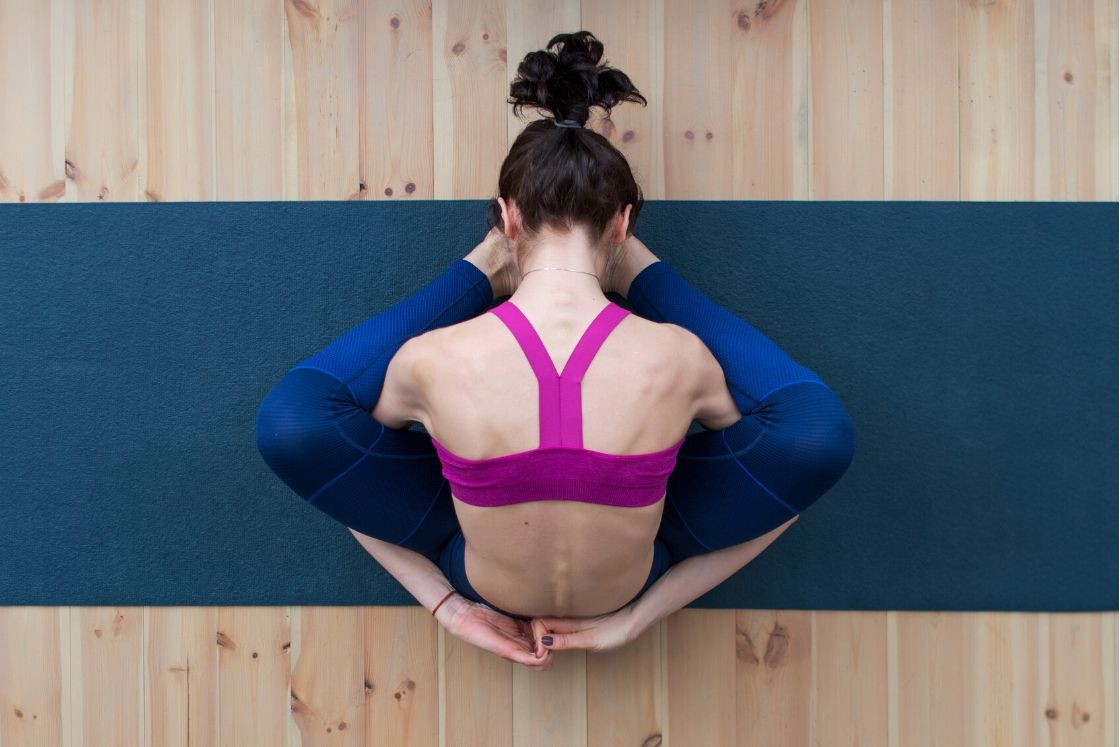
- Begin from the Kurmasana, try to sit in here, and your forehead touches the floor in place of the chin.
- Now, slowly take your left leg above the head and place across the neck and a similar process is done with the right one as well.
- Further, Take the arms one by one behind the back and clasp palms into each other. Hold here and maintain the pose.
2. Ardha kurmasana
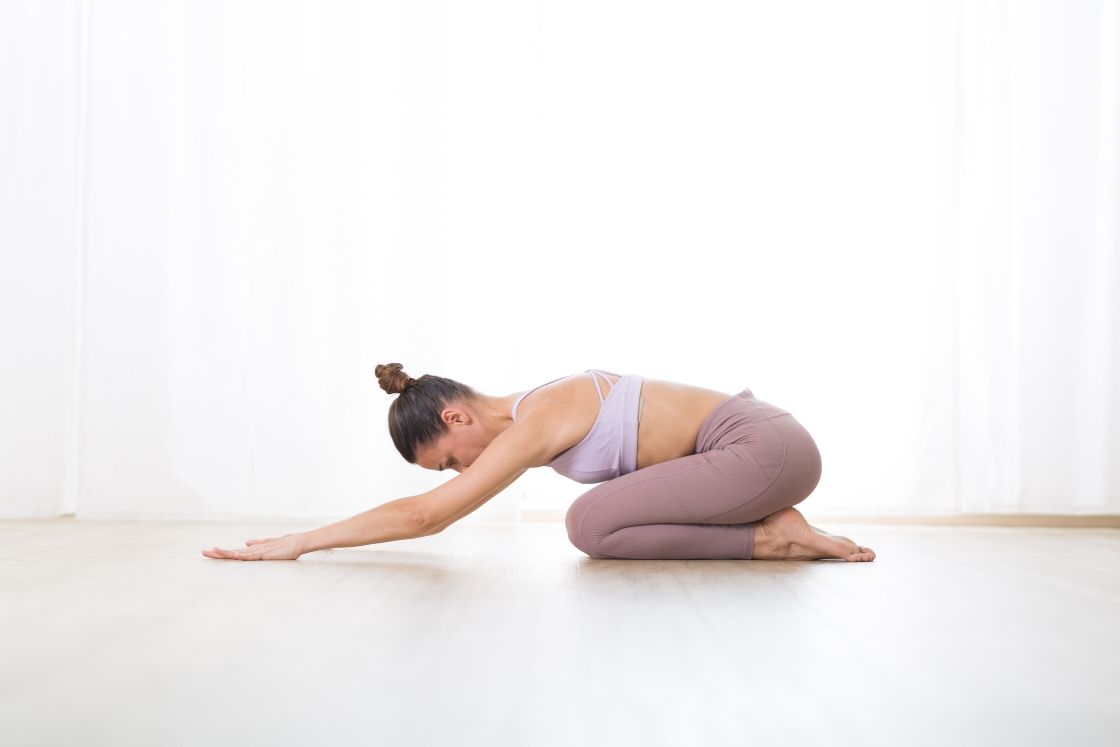
In this variation of Kurmasana, the knees are placed in the position of Vajrasana and are bent forward over them.
3. Uttana kurmasana

This variation of Kurmasana is identical to Garbha Pindasana, a form of kukkutasana.
Come into Vajrasana. Place your hands beside the hips and slowly lean backward with the help of your hands.
Place your elbows one by one on the ground and then top of the head. Now, broaden the torso hand on thighs. Maintain the posture for few breaths here.
Kurmasana Benefits
- Strengthens the Back – In Tortoise pose, the muscles around the lumbar spine get activated, and if done carefully, the nerves related to the backaches get massaged. It promotes prana flow thus relieves the lower back issues.
- Improves digestion – With the forward bend in Kurmasana, it gives the gentle massage around the abdominal area, which gradually activates the internal organs. Thus enhancing the working of the digestive system, kidney, and liver.
- Encourages flexibility of hips and shoulders – Kurmasana intensively affects the hips and shoulders which provide room for opening them up. With the regular practice of Kurmasana, it aids to open the hips more easily and smoothly.
- Eases sciatica – While the lower back in Kurmasana extends, sciatic, the largest nerve, gets a gentle massage. It begins at the lower back and runs all through the buttocks and down the lower limbs. This gives comfort to the nerve and helps to reduce pain related to sciatica.
- Therapeutic for asthma – With the deep opening of the diaphragm and the extension of the upper back and mid-back, the lungs get filled with sufficient oxygen. This filled lungs with fresh oxygen and help in curing asthma.
- Calms the Mind – Kurmasana quietens the body and mind by encouraging awareness of the breath. By the withdrawal of all the senses, this yogic posture cultivates inward connection and deep tranquility. Develop the peace of physical and mental health with the Turtle Pose.
